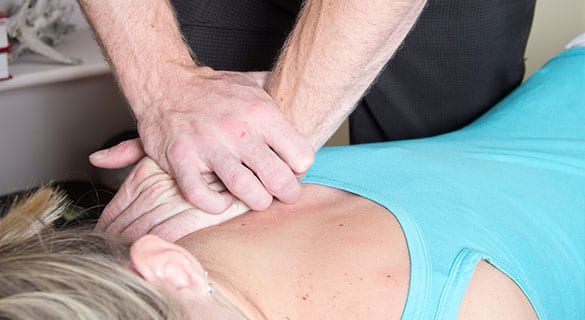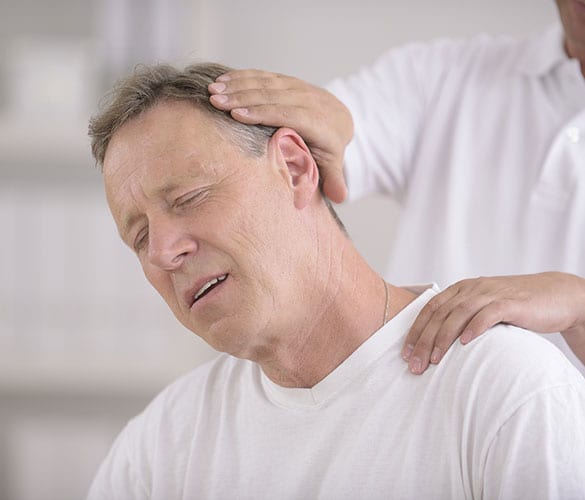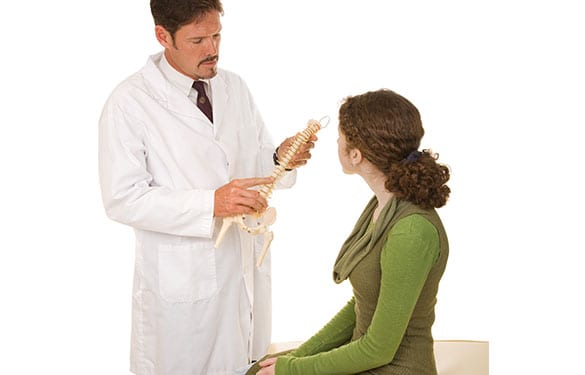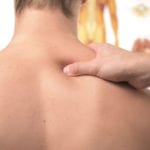
Recover safely and get back to your life with the help of LA Orthopedic Group.
The recovery process following a serious injury, illness, or surgery is known as rehabilitation. The purpose of most forms of rehabilitation is to improve functioning and allow a patient to safely get back to their normal activities.
- Each patient has specific goals associated with rehab
- The exercises focus on restoring muscle strength, flexibility, and mobility
- Sessions are supervised and may include recommendations for home
CONTACT US TODAY
Managing Pain
Some forms of rehab are focused mainly on managing pain. This is often the case with patients who have chronic pain. Rehab is meant to be complement to any pain management treatments a patient’s doctor is recommending. With rehab, patients may explore non-pharmaceutical and non-surgical pain relief techniques such as heat and ice applications, electrical nerve stimulation (ENS) and injections directly into the affected area.
Injections usually include an anti-inflammatory medication, or corticosteroid, and a local anesthetic. Some patients benefit from platelet-rich plasma therapy that involves the injection of a concentrated amount of platelets prepared from the patient’s own blood into the affected area. Conditions that may respond well to a rehab plan focused on pain management include:
- Non-specific low back pain
- Neck pain
- Arthritis
- Complex regional pain syndrome (CRPS)
- Trauma


Improving Strength and Mobility
Physical therapy is an important part of most rehabilitation plans for patients. The modalities (techniques or therapeutic methods) recommended will be based on ability. Therapists often coordinate efforts with a patient’s doctor or surgeon to ensure that recommended exercises can safely be performed. Exercises suggested can be gentle in nature and include low-impact aerobics and water-based exercises that are easier on joints and muscles.
Some patients, especially athletes looking to return to pre-injury performance levels, may benefit from plyometric exercises that include hoping and jumping movements. Stretching exercises are typically recommended for patients recovering from surgery involving joints or a specific area of the neck or back. Core strengthening or core stability exercises are often performed to strengthen muscles that directly or indirectly support the spine.
Helping with Daily Functions
Occupational therapy is also a part of rehabilitation. The purpose of OT is to restore the ability to carry out daily functions, a goal that can be very different for each patient. For instance, an older adult recovering from a stroke or fusion surgery may have the goal being able to dress, bathe, or walk on their own with more stability. A younger patient, on the other hand, may have the goal of being able to perform their normal work-related duties safely without the risk of re-injury. Occupational therapy exercises usually focus on:
- Reaching and extending
- Improving range of motion
- Gripping and grasping and other fine motor movements
Results from rehabilitation will also depend on what caused the injury or condition. Patients often have a shorter rehab time with surgeries that were done with minimally invasive techniques. Athletes who are otherwise healthy may also respond better to rehab than patients with chronic pain and underlying health issues like diabetes and high blood pressure or those with other mobility limitations. When treatment plans are tailored to specific patient needs and goals and adjusted based on progress, however, meaningful improvements are often noticed.




